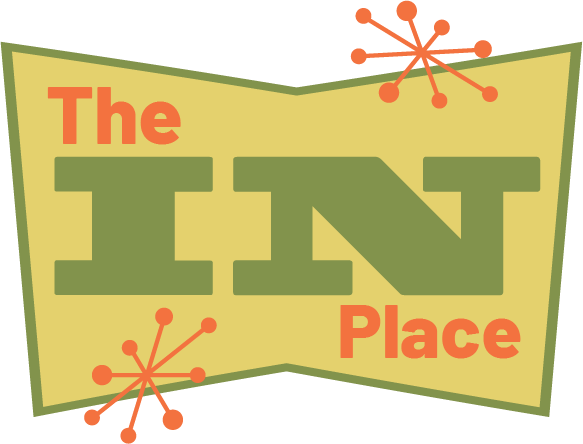At some point I realized that I needed to combine these two disparate ideas in to one process. Since then, I have started with a Mind Map. I think of it as “throwing up my ideas” without rhyme, reason, structure, or too much thought. I use a big piece of paper (if I’m not using the computer at this point) and make the bubbles without any connections or lines at first. This is beautiful for many reasons. I can get my ideas out super quickly without worrying I’ll forget the next one while I’m overthinking the last one. I don’t need to decide in the moment if an idea makes the cut or not. And, there’s no considerations for ordering them.
Once all the ideas are out, I start drawing arrows, crossing out the ideas that (though good) aren’t necessary to prove my thesis, and numbering the topics. The numbering is the key step that no one taught me when they introduced the “spidergram.” This is where the working memory deficit is most compensated for. And, I can attest to how important it is. To this day, I can’t look at that Mind Map and put all the topics in order the first time. (In hand written form) I always end up missing something in the sequence and having to go back to add in… which is easy when you are numbering bubbles, and very hard when you’ve already written 3 pages and realize you’ve missed an important point.
But, back to the numbered Mind Map… At this point it is cluttered and crazy, but there is an order to it. The bright red numbers next to each bubble tell me what’s first, next, etc. But, it’s not so pretty to look at and still pretty bare bones. So, that’s when I transferred the information to a standard outline and add any additional sub points to flesh out what I wanted to say. (All done in short hand and abbreviations.)
Then, at last, I’m ready to start the paper. The clarity, freedom, and power that I feel when I begin to sit down to write a paper (or anything else) with that outline done is hard to overstate. All the organizing has been done. All I need to do is create good sentences, make smooth transitions, and make sure spellcheck is working! This is how writing became easier for me. And faster! And better!
The beauty of the modern Mind Mapping program is that is mostly eliminates the need to make the second outline. Consider; floating topics if you don’t know where they go yet, moving the bubbles around, adding sub-bubbles the second stage, crossing stuff off without making a mess, and reordering as needed. My “notes” for a speaking engagement or a presentation are often just a thorough Mind Map. That saves time and energy. And that’s the name of the game for us ADHDers!
Up next is my criteria for what a good Mind Mapping program should be…
My Blog Disclaimer: As a way to encourage myself to actually post entries, I have made a conscious decision not to go back and edit much, if at all. I do not apologize for any typos, grammatical errors, or things that could be better! Done & posted is always better than not done perfectly.
